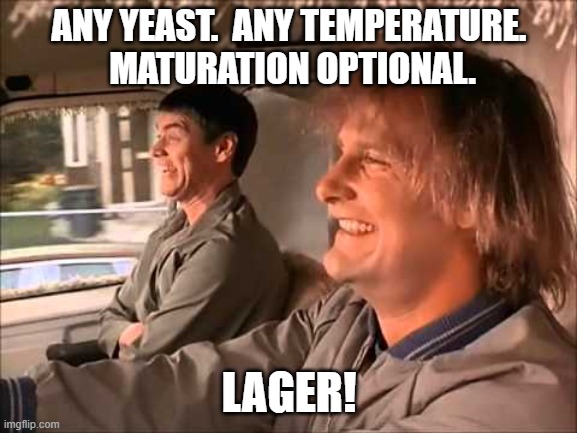I brew a lot of lagers, they are usually pretty good and win medals...but even still, they never are as good as a good lager brewery beers. For example, here in Mass, Notch is a fantastic brewery that makes word class German/Czech lagers. My Czech Dark is very good, has scored in mid 40's and I love it. But then every 6 months or so Notch puts theirs out and it just leaves my version in the dust. Sure they are using horizontal lagering tanks, spunding the beers, naturally carbonating and sometimes even open fermenting. I have spunded and naturally carbonated, but still not the same.
To the OP are you using tap water? Try using RO or Distilled and build up, you may have too many minerals, depending on style, for example, Czech lagers should have very little minerals. I brew Czech and pale German lagers with just around 25 ppm of Calcium, and 35-40 for SO4 and CL. You do not need 50 ppm of Calcium that is the minimum recommendation for ales for yeast health, due to the large yeast pitch and cool temps. Try to make sure your starters are at least 1.5 million cells/ml/degree Plato, Brewer's Friend Yeast Calculator is good for that. If you are going for crisp lagers, mash low, 148-149F. Use step mash for other lagers, something like 148F for 30, 159 for 30, mash out at 172 if you don't want to do decoction. Get the best malts you can, don't use like Briess Pilsner, use Weyermann Pils or even better Weyermann Barke Pilsner. Limit hop additions, don't go crazy with 5-6 hop additions like in ales...try something like FWH, 50 min and 20 min...or start of boil, 30 min, 20. If doing say an IPL, then add hops at knockout. There is a good formula for which hops to use when in lagers from the low oxygen brewing spreadsheet...will post it when I have a time as have a meeting in a few minutes.









































![Craft A Brew - Safale BE-256 Yeast - Fermentis - Belgian Ale Dry Yeast - For Belgian & Strong Ales - Ingredients for Home Brewing - Beer Making Supplies - [3 Pack]](https://m.media-amazon.com/images/I/51bcKEwQmWL._SL500_.jpg)
















